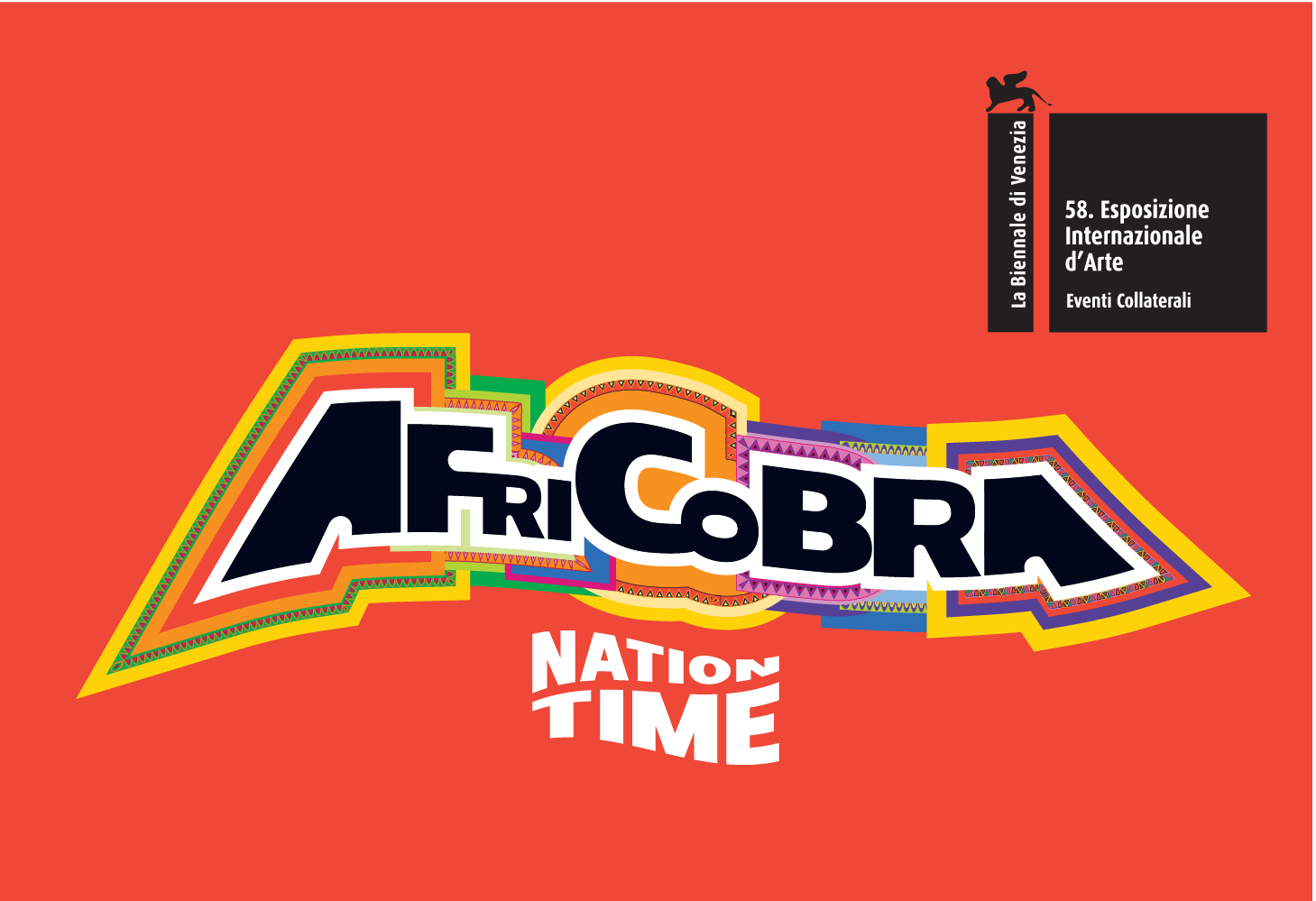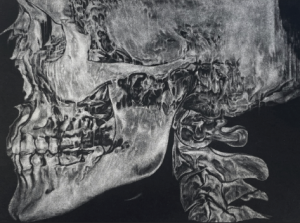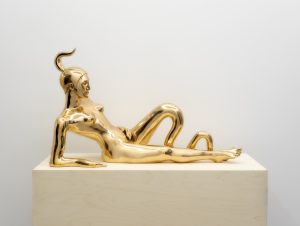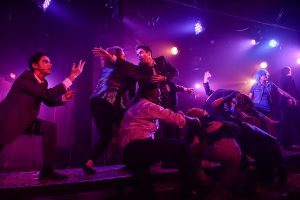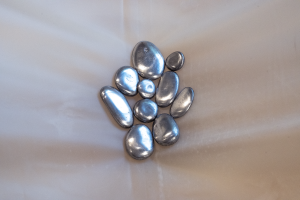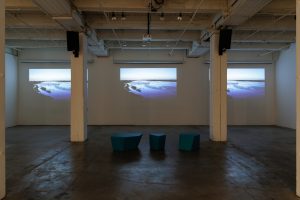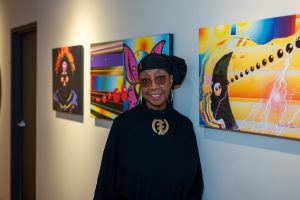I was lucky to have the opportunity to speak with Dr. Jeffreen Hayes, Executive Director of Threewalls, on her latest curatorial project AFRICOBRA: Nation Time. Nation Time focuses on the work of the AfriCOBRA (African Commune of Bad Relevant Artists) collective, founded by five African American artists on the South Side of Chicago in the late 1960s. While the group was associated with the broader Black Arts Movement, AfriCOBRA’s work combined mixed media, social justice, and community-based practice in service of crafting a Black Aesthetic for Chicago’s black communities. The reverberations of AfriCOBRA’s work continues to be felt in Chicago through their tireless dedication to uplift and celebrate black identity.
Hayes’ Nation Time was elected to be an official Collateral Event at this year’s Venice Biennale (May 11th to November 24th). Dr. Hayes and I spoke on AfriCOBRA, Black Art, and her own curatorial practice.
This interview has been edited for clarity and length.
Annette LePique: What are the possibilities and challenges in presenting the work of AfriCOBRA, a collective of black artists from the South Side of Chicago in the 1960s, on an international stage?
Jeffreen Hayes: Nation Time’s international stage presents an opportunity as it provides the space to demonstrate that black artists, particularly AfriCOBRA, were and are engaged in art and politics on a global scale. It is an opportunity to present the connections between the past and present moments to illustrate how they are not far removed from one another. As the Venice Biennale acts as a barometer for the current arts climate, we can see how AfriCOBRA’s roots as a collective borne of the black liberation movement and black struggle generated a visual aesthetic and mission relevant to our current political moment. AfriCOBRA’s art presents a positive, expanded, forward-looking representation of black life and culture – a counter to the stereotypes and anti-blackness present in global visual culture. The Biennale also provides a platform from which I can introduce the breadth of black arts to an international audience.
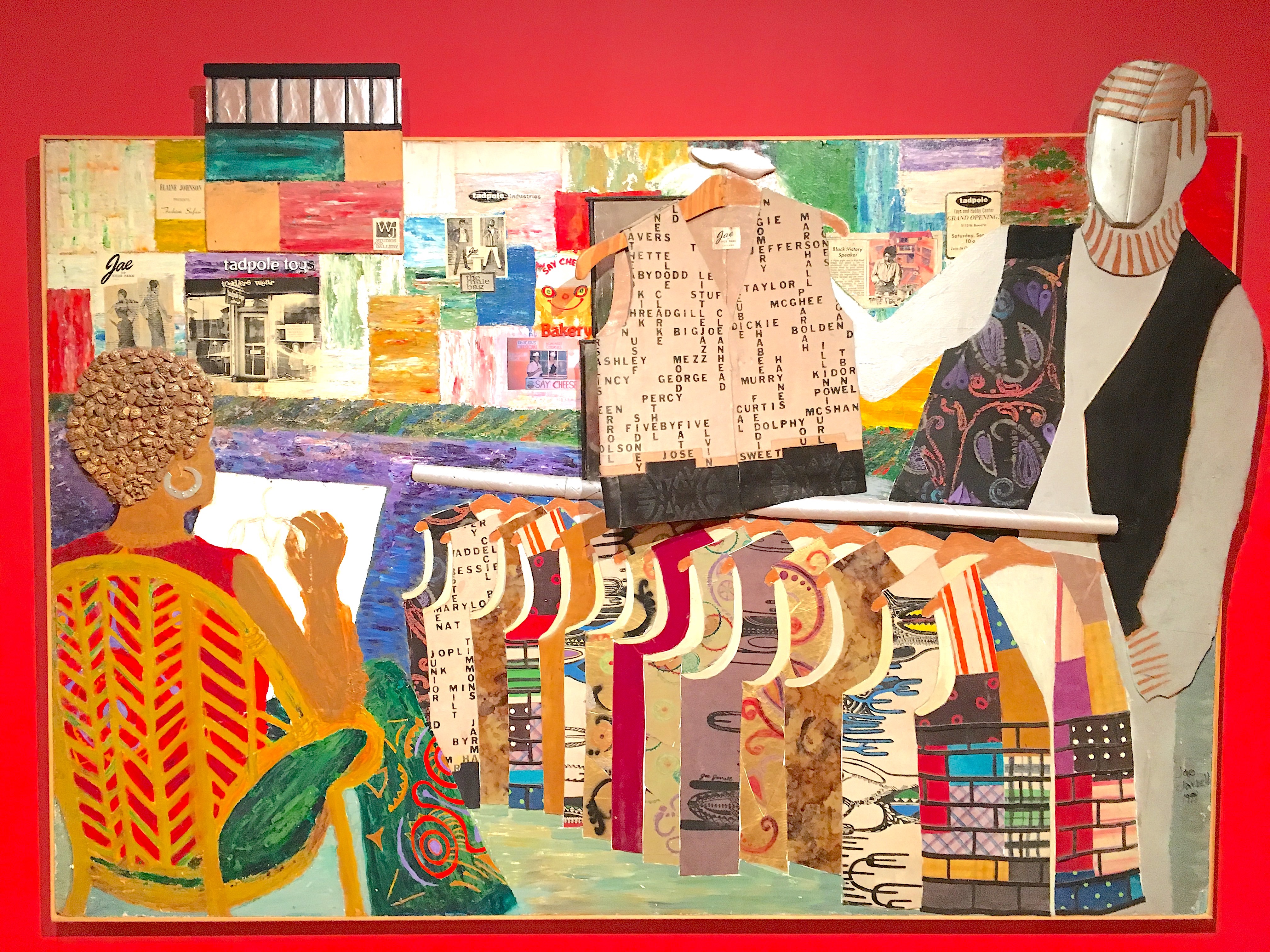
One challenge is that the exhibition is being presented in a community that does not have a lot of racial and ethnic diversity. Even though this is a global exhibition, it is situated within the local. In particular, Italy and Venice are both currently facing immigration issues that have disproportionately impacted people of color. A question I ask myself is how does one present a Pan-African movement speaking to a specific audience that may not have access to the show because of politics?
In the AfriCOBRA manifesto, Ten in Search of a Nation, collective member Jeff Donaldson situated AfriCOBRA’s visual work into three groupings:
definition – images that deal with the past
identification – images that relate to the present
direction – images that look into the future
AL: How do these categories speak to your own curatorial practice? Specifically how do they connect to your expansion of art historical narratives and critique of the structural disregard of artists of color––particularly black artists, makers, and thinkers?
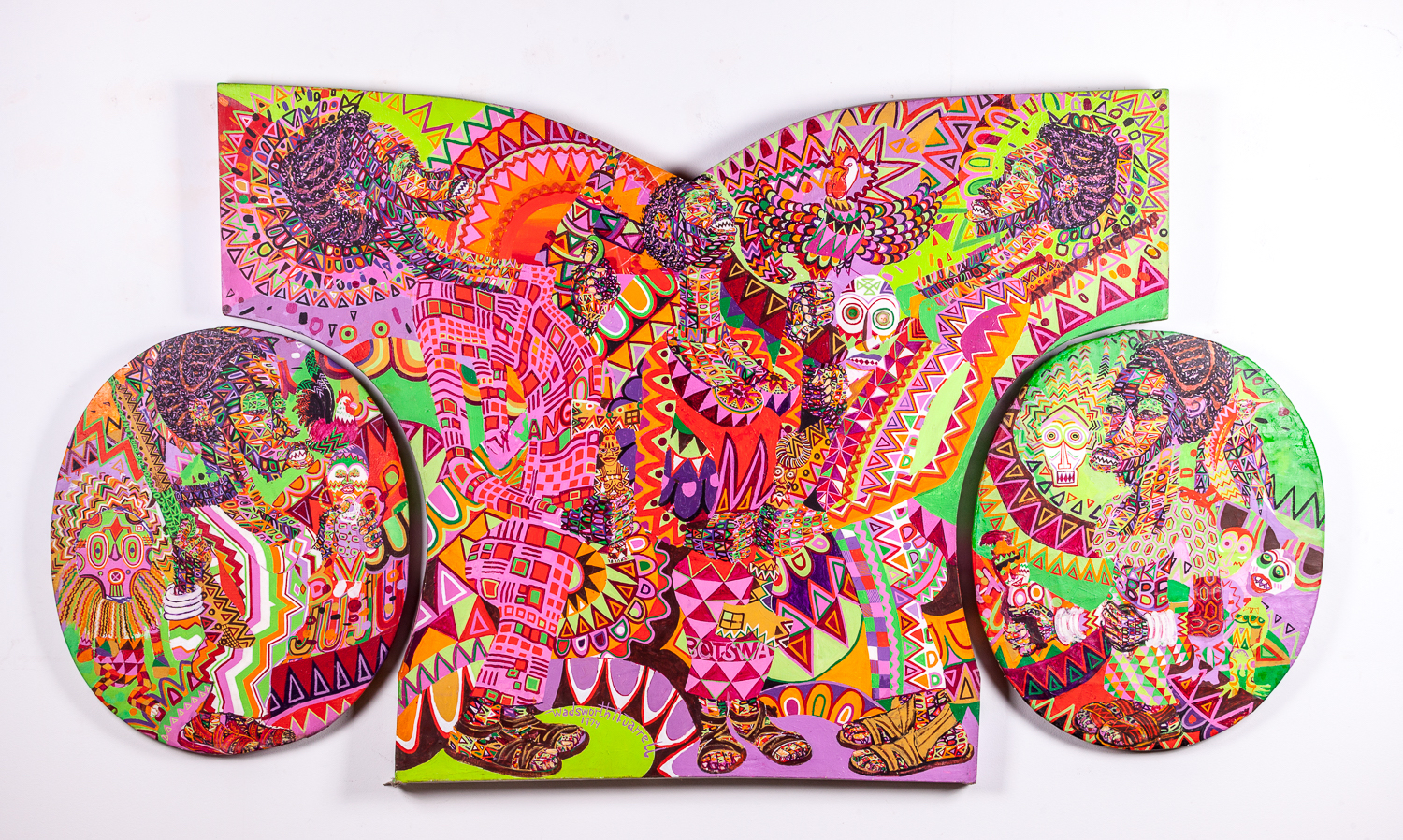
JH: I am very much connected to these three modes of time and their corresponding visual languages. One of the reasons why I was excited to curate AfriCOBRA is that in my own practice I find myself working between past, present, and future. It is an interesting way to work as it is important to be able to move between the past, present, and future as an art historian. We must ask ourselves how the past reflects today and what we can learn from these connections for the future. AfriCOBRA is thinking of the past and in the present moment there is much we can learn from the collective. Much of my work is being and crafting bridges between historical and current exhibition structures and phasing these into the future for artists who are currently under recognized in order to craft a future abundant with possibilities. My own practice has expanded as well through AfriCOBRA’s consideration of a black American sensibility on a global scale by engaging the African diaspora. This expansion has provided rich ways of thinking of the past, present, and future on a continuum.
AL: As a curator, what drew you to AfriCOBRA’s work ? One thing in particular I’d love to hear your thoughts on is the importance of AfriCOBRA’s recognition of and connection to the African diaspora. In Ten in Search of a Nation, the section on color details the communality of diaspora:
“Color as bright and as real as the color dealing on the streets of Watts and the Southside and 4th street and in Roxbury and in Harlem, in Abidjan, in Port-au-Prince, Bahia and Ibadan, in Dakar and Johannesburg and everywhere we are.”

JH: I have Caribbean heritage but grew up in the States and I first encountered AfriCOBRA as a graduate student. At that time in my life my interest centered more on their story as a group of artists who came together to define a visual aesthetic of blackness. It wasn’t until later, when working on this project, that I saw myself in the rhythms and color in the collective’s work and recognizing both in many of the spaces I lived in the US and the Caribbean. For the first time I thought: “here is a group of artists thinking outside of the black American experience to the diaspora and finding common ground.” Though this sense of kinship has not always been present within the US, AfriCOBRA’s work brings Africans, Caribbeans, and black Americans together as one.
AL: What draws you to the other artists in your curatorial and exhibition framework? Could you speak on the catalysts for your recent exhibition Augusta Savage: Renaissance Woman at the Cummer Museum in Jacksonville, Florida?
JH: I tend to be drawn to artists who are not necessarily household names. I’m interested in artists who are doing the work: honing their craft, building community, and teaching the next generation. Augusta’s spirit inspires my leadership practices, my work in making art and space available to particular communities, and working with others to hold those spaces. I was surprised not to find more about her outside of graduate school. It was almost fifteen years after my graduate studies when I was able to delve into her writings, art, and the deep impact she made on the next generation. I’m interested in artists like Augusta who paved the way forward for future generations. In a sense, Augusta has lead my steps in the art world and to curate the exhibition was my love letter to honor her legacy
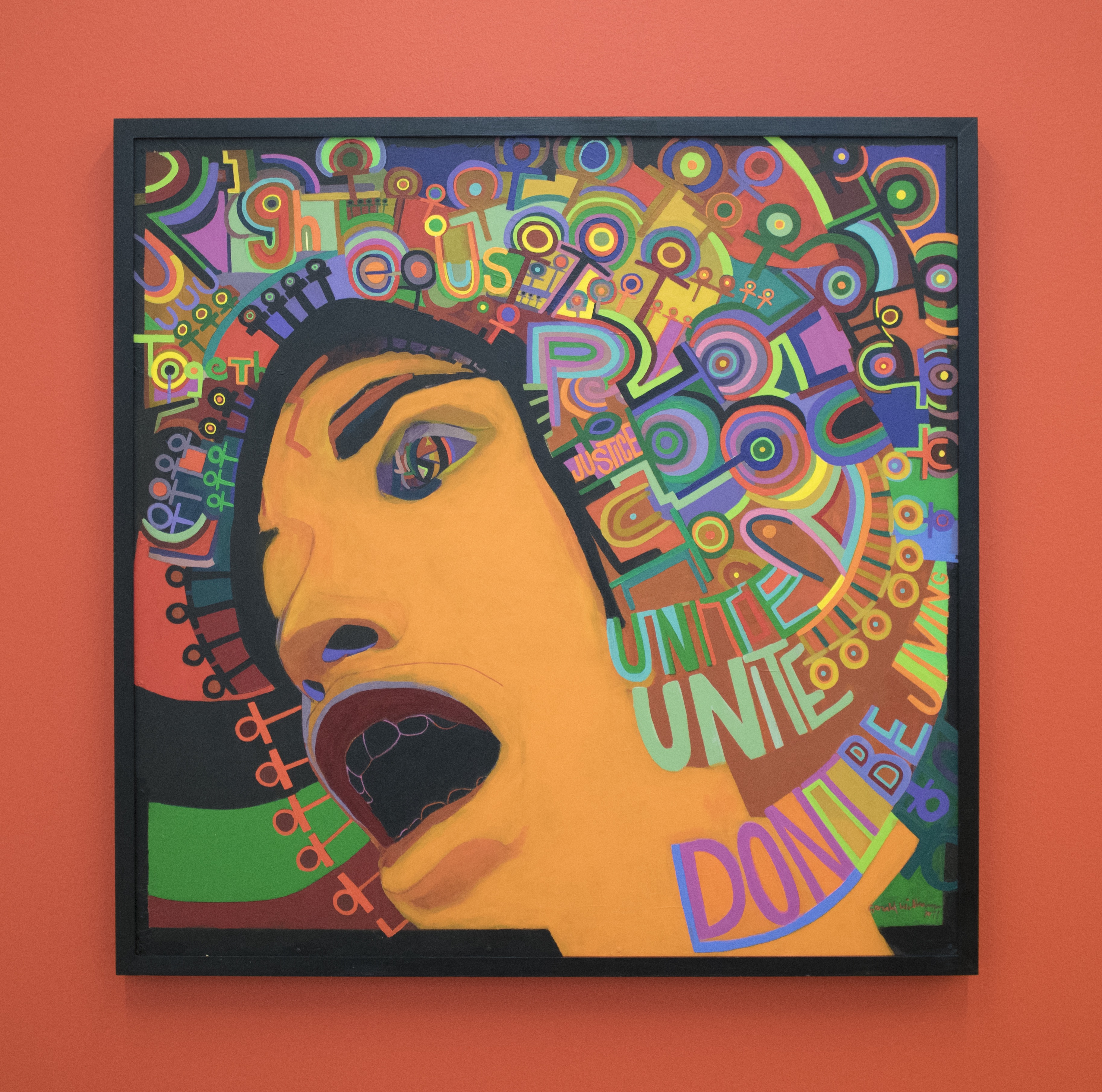
AL: Speaking to the comments in your Bomb Magazine interview on the Birmingham Museum of Art’s contribution to the city’s 50 Years Forward Campaign, can you speak a bit about navigating the intricacies of presenting Black Art in an a variety of institutional frameworks? In these scenarios what matters most within your curatorial practice and how do you situate yourself within these frameworks?
JH: I have realized that within the museum world I tend to be an intermediary; I’m hired to help bring in people who have been historically overlooked and decipher the different cultures that exist within the institution itself and within the audiences and communities it hopes to engage. I then essentially act as bridge for space, place, and people to come together. Within museums this is a role that is extremely difficult, particularly as a curator who is creating exhibitions and programs for an underrepresented black audience. It is challenging to speak on and for a community when you are the only member of said community in the institution. It is also challenging to be a spokesperson and advocate for institutions with problematic histories.
This is why I began navigating work as an independent curator. I have found that operating outside museums better empowers one to become an advocate for community space and programming. I have also found that museums are more apt to listen, try new things, be open to how and why certain exhibition structures need to happen, and how these things all contribute to building relationships with black audiences.
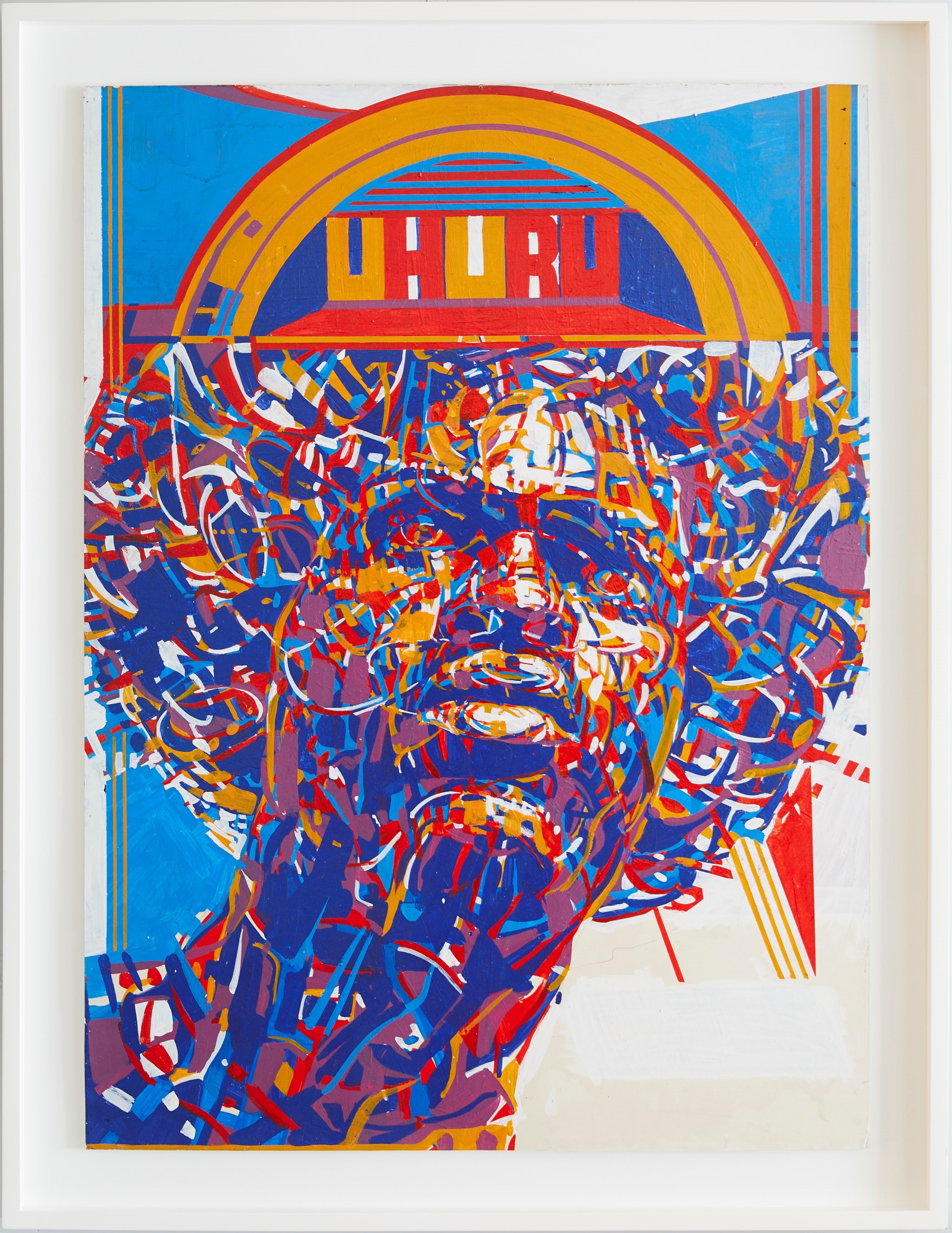
I’m much more comfortable in this sort of curatorial role as it provides the space to create in ways that speak to the audience. More so now as I specifically make exhibitions for black audiences. If an institution or party contracts me they trust that the artists’ works will be stellar and the exhibition’s structure will think of our audiences and artists. Being on the outside allows more freedom and I think museums are beginning to take note – many institutions are beginning to do the work to diversify and become more open to redefining themselves as community institutions.
AL: What are your thoughts on the importance of educational institutions, specifically historically black colleges, in the process of making, remaking, and recouping Black Art histories?
JH: HBCUs are so important as they are the spaces where black intellectual and creative freedom can exist without the lens of whiteness. I don’t think we give HBCU art collectives, galleries, and art departments enough credit for holding space and being a resources for many exhibitions and art historical research. Attending Howard was the best decision I could have made, my education and research on African American art history and visual culture were fully supported. My two years at Howard have stayed with me and guided how I connect with artists and the kind of exhibitions I craft. Reclaiming lost artists and creatives through the exhibitions I have done and continue to do, I hope to shine a light on HBCUs – whether it be through the artists I work with, pieces from said collections, or projects with the art departments themselves.
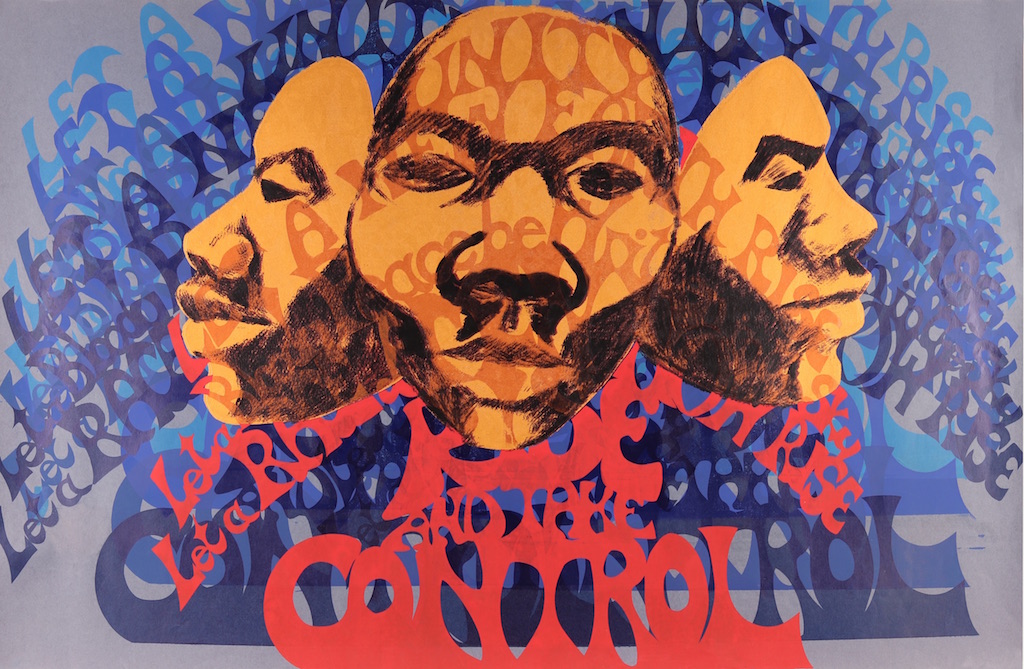
AL: After viewing your TED Talk I wanted to ask what can art activism look like in systems that disenfranchise folks by race and wealth?
JH: Activism can be acknowledging institutional bias explicit and implicit. It can also be intentional and thoughtful hiring practices. It looks like investing in people of color and leadership that reflects said diversity. It looks like recruiting boards of directors and trustees that are people of color, who may have wealth but, perhaps more importantly, have social and community capital in order for institutions to be reflective of their cities and communities. Activism can be economic and financial equity, meaning that educational programming is financed on par with curatorial programming. Activism means thinking about who are the artists getting exhibitions and making sure exhibition practices are equitable; making sure that all are empowered to have their voices heard.
Featured Image: Exhibition graphic for curator Jeffreen Hayes’ exhibition AfriCOBRA: Nation Time currently on view at the 2019 Venice Biennale.
 Annette LePique is an arts writer, educator, and archivist based in Chicago. Her research interests include cinema, race, illness, and the body. She has written for Cleo Film Journal, Another Gaze Feminist Film Journal, and is a frequent contributor to Chicago Artist Writers. Annette received her MA from the School of the Art Institute in Chicago in Art History, Theory, and Criticism and was a 2017-2018 Research Fellow at the Chicago Psychoanalytic Institute. She is an active performance artist with a background in dance and music. She has presented work in Montreal and Los Angeles.
Annette LePique is an arts writer, educator, and archivist based in Chicago. Her research interests include cinema, race, illness, and the body. She has written for Cleo Film Journal, Another Gaze Feminist Film Journal, and is a frequent contributor to Chicago Artist Writers. Annette received her MA from the School of the Art Institute in Chicago in Art History, Theory, and Criticism and was a 2017-2018 Research Fellow at the Chicago Psychoanalytic Institute. She is an active performance artist with a background in dance and music. She has presented work in Montreal and Los Angeles.
